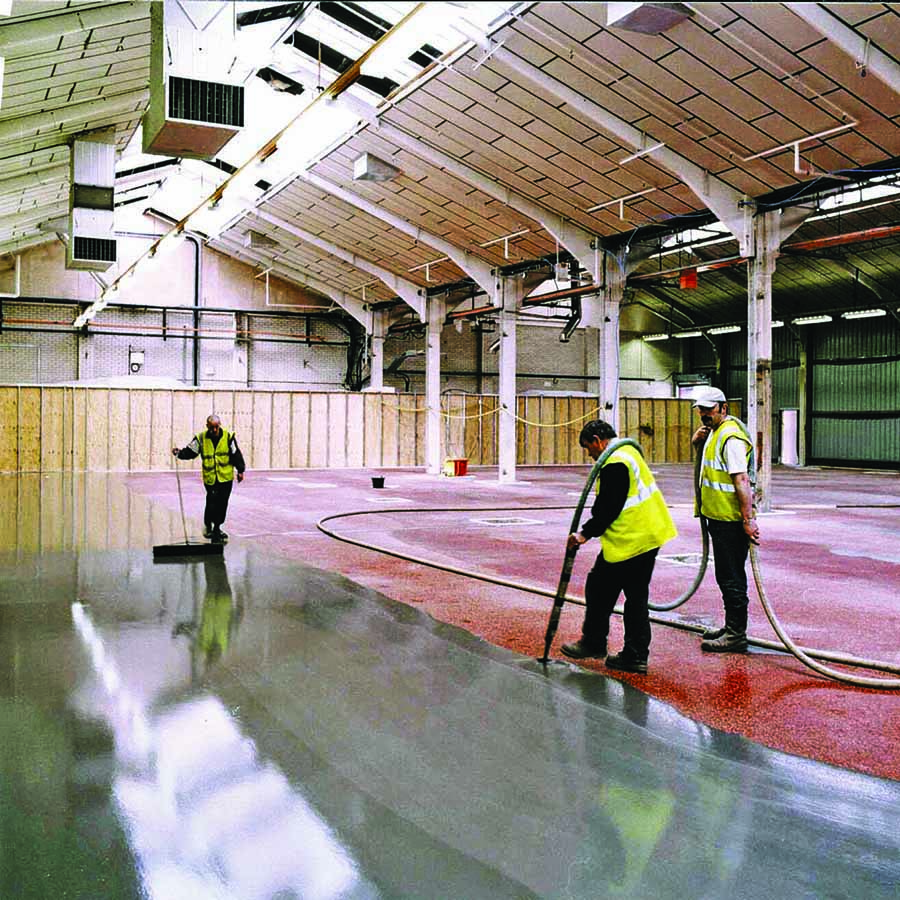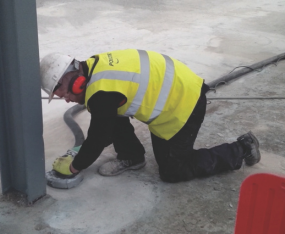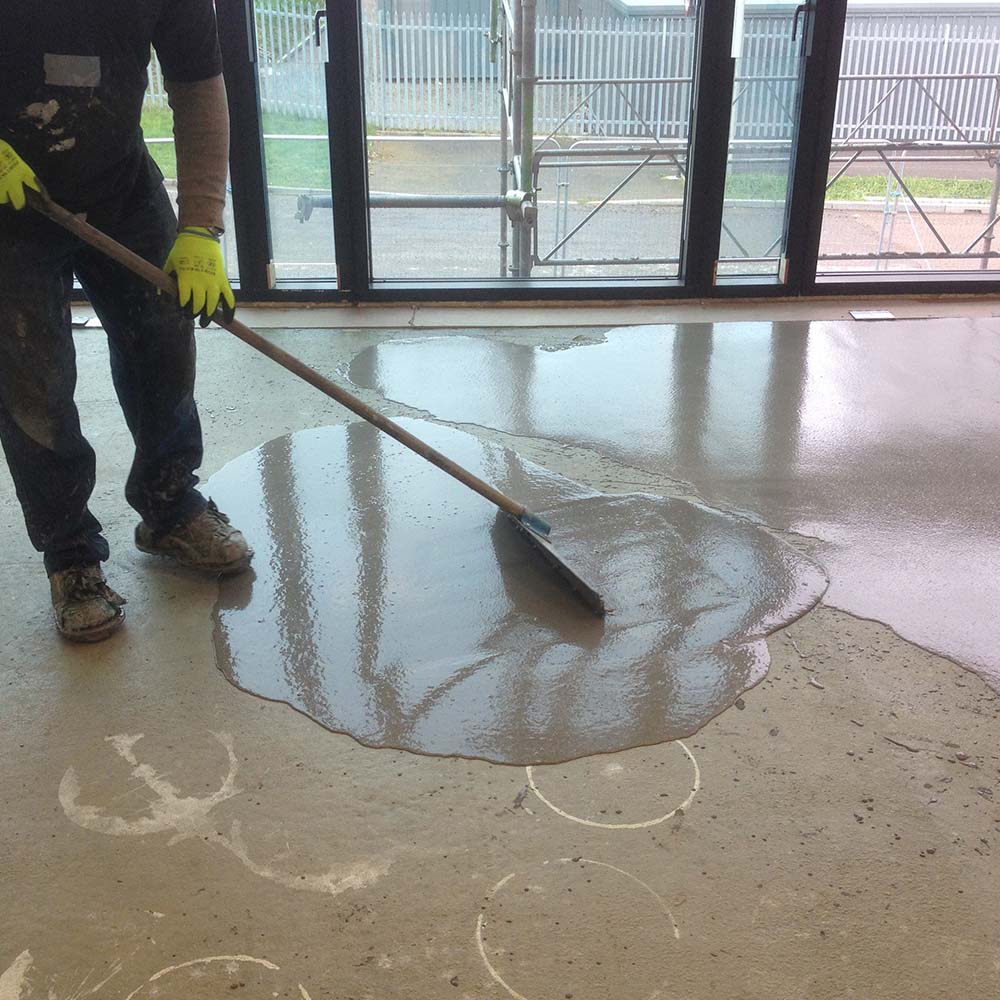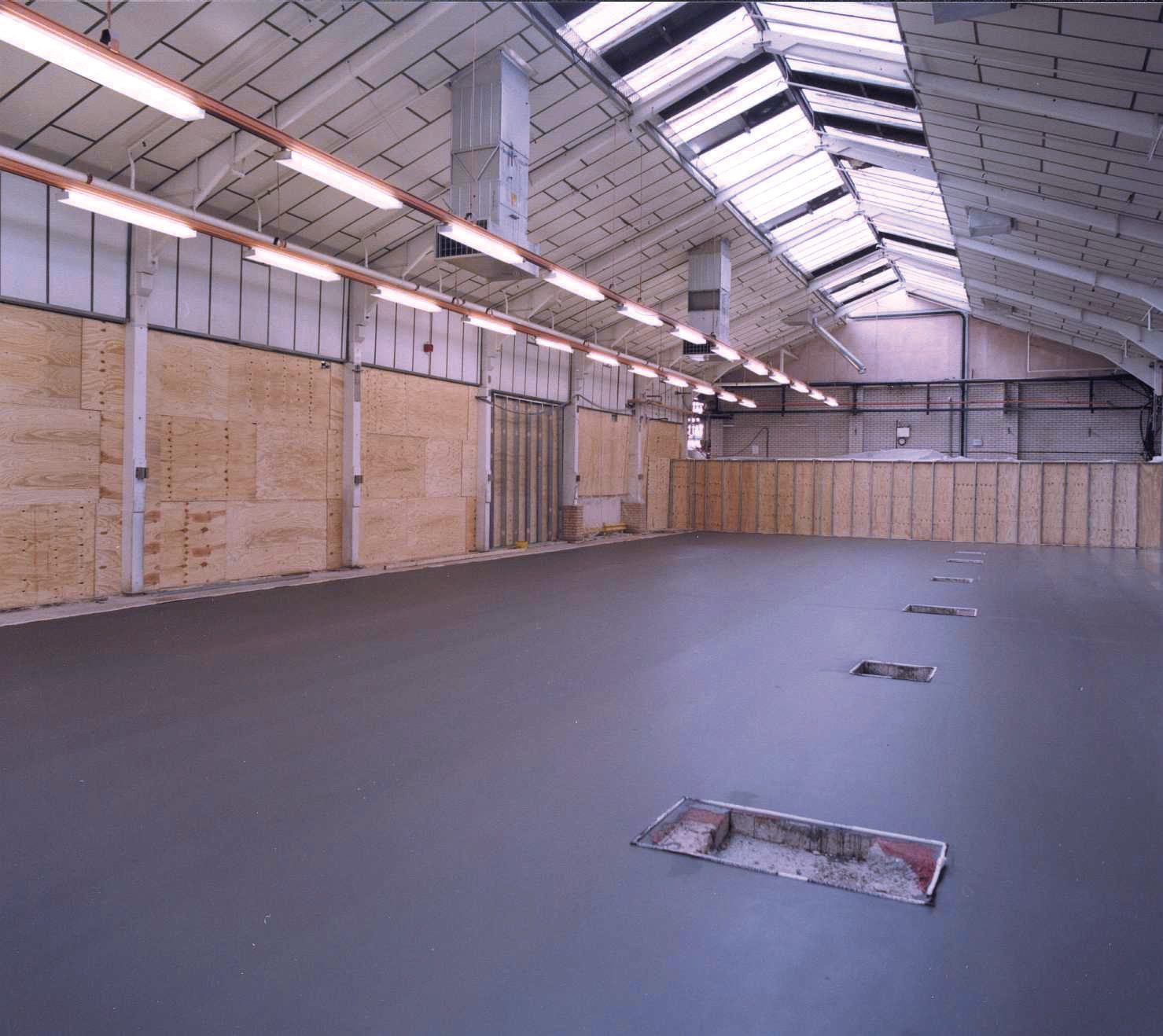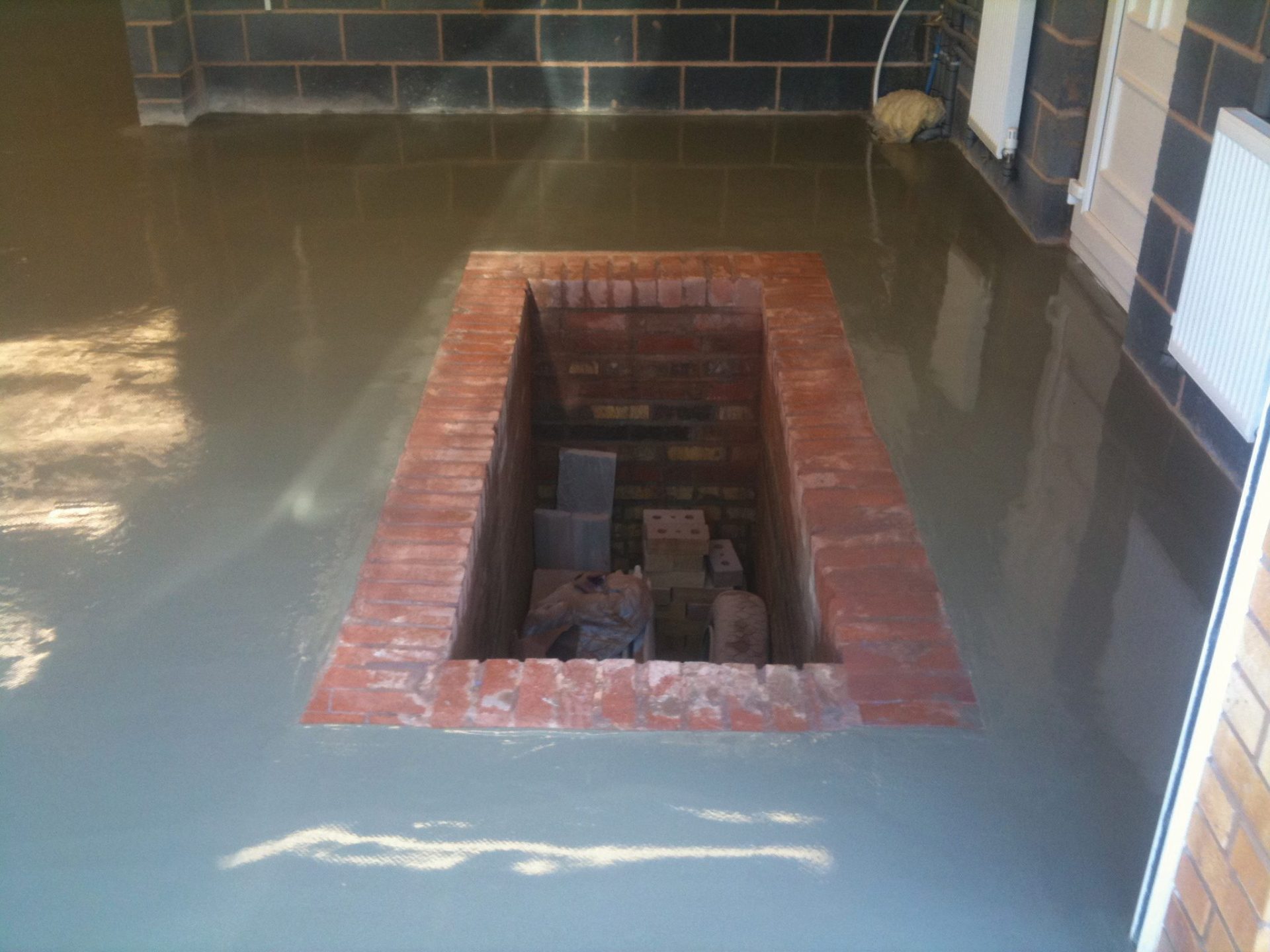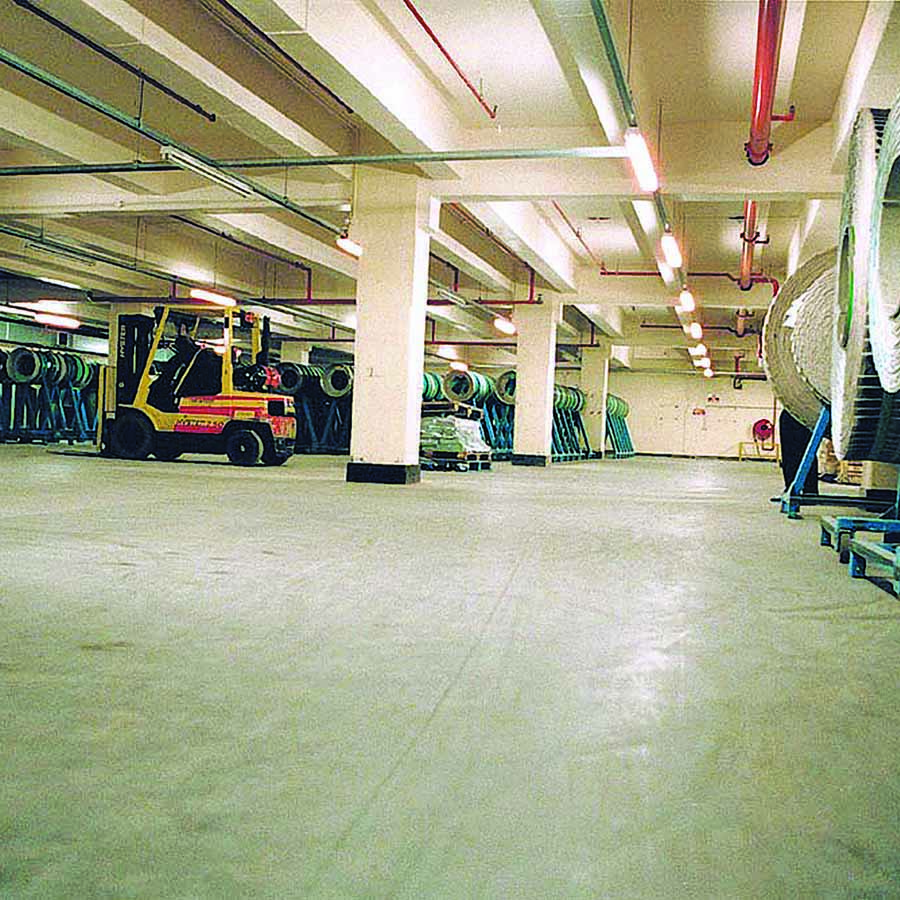Tough, fast-setting, self-smoothing cement floor screed. Super smooth and dust free. Suitable for heavily trafficked industrial applications after only 24hrs.
- Extremely durable and tough
- An abrasion-resistant, hard-wearing screed
- Fast curing – 2-3 hours for foot traffic
- Excellent for smoothing out rough and ridged concrete
- Achieves a non-dusting finish
- Tough, slip resistant surface
- 25kg bag
- Vehicular traffic 24 hours


